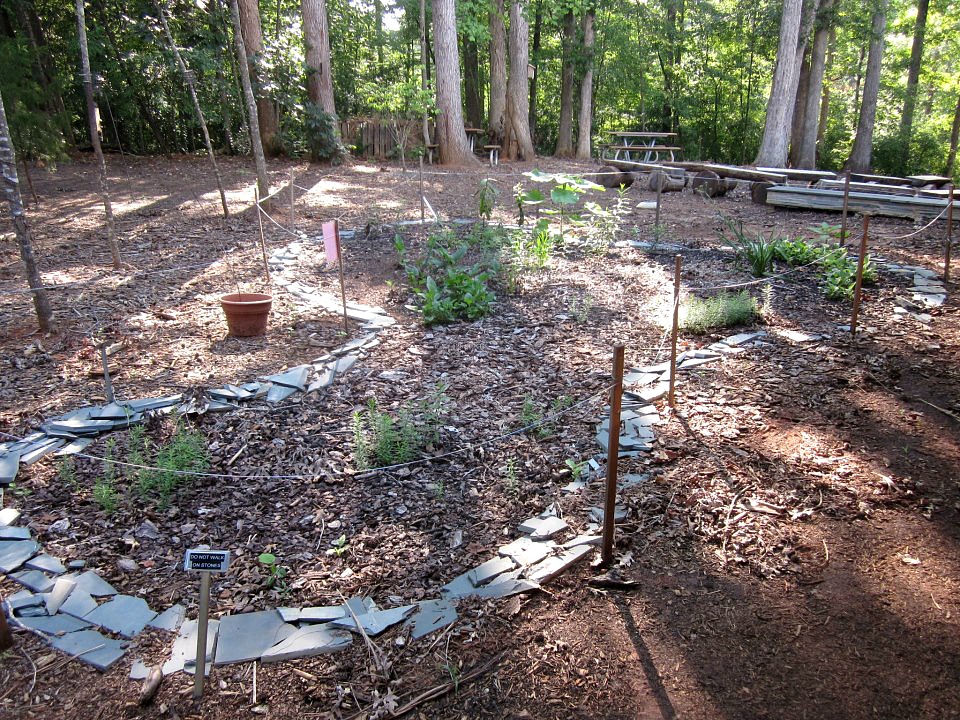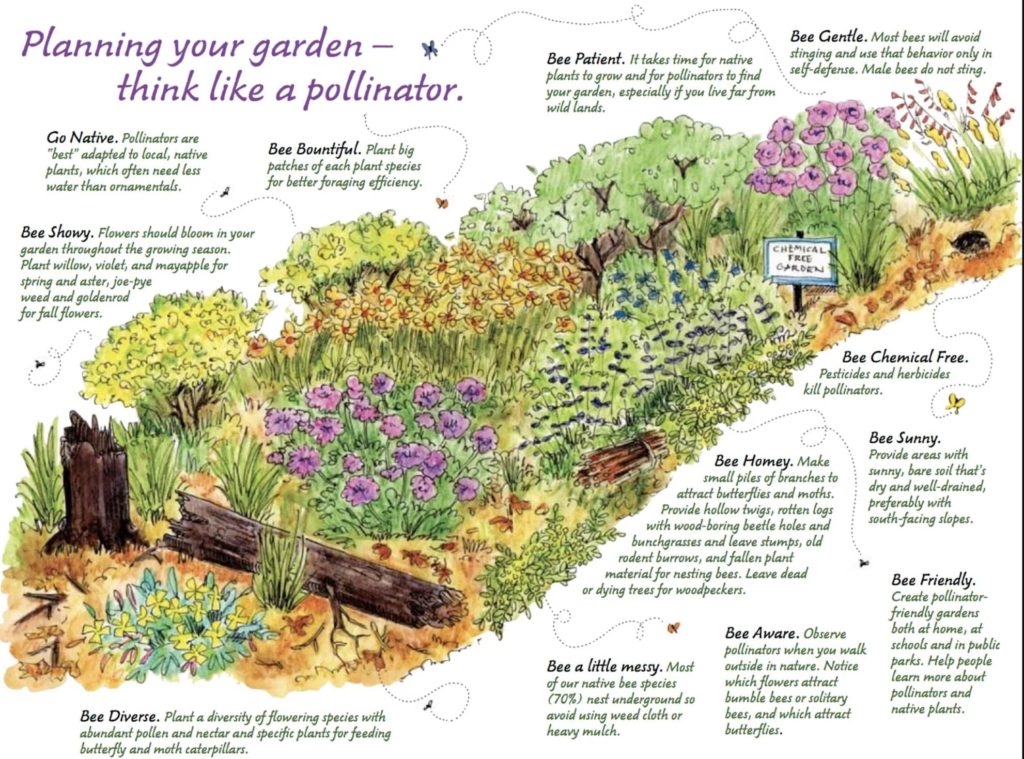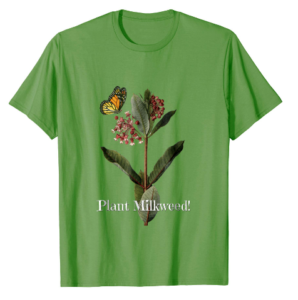The perfect time to sow native milkweed as well as other native perennials outdoors is right when Mother Nature does it, in the fall! Exposure to cold temperatures and moist conditions during winter will stimulate germination. Spring planting is also possible but artificial stratification of the seed is recommended to enhance germination. (Click here to read how to plant milkweed in the spring.)

Choose Your Site and Best Planting Time
Full sun is best, and a “border area” between lawn and woods or a more natural area is perfect. Planting should be done AFTER a killing frost in your area, or after you’re quite sure the growing season has ended, and your seed won’t sprout until spring. In heavy winter areas, that means from late September or October up until the ground freezes. (Many gardeners combine wildflower seed planting with fall bulb planting, and that’s always a good idea. The times for both are identical.) If you don’t have much frost in your area, you should plant just before your rainiest season begins. South Florida plants annuals in the fall for winter bloom. Coastal areas on the Pacific can plant anytime during the late fall or winter. Native milkweeds need full sun to grow so make sure the area you choose has at least least 6-8 hours of sun per day.

Prepare the Soil
The general routine when sowing seeds in the fall is to clear out a garden bed of weeds and debris. Sometimes it is an area of a garden bed that already has other plants in it. After you clear the planting area of weeds, loosen the soil a couple of inches with a small shovel, hoe dag, or another tool. You can spread an inch or two of good compost on top.

Sow the Seeds
Space the seeds out according to the directions on the seed packet. If you have a large area and a quantity of seeds you can simply throw them out by the handful. If you do scatter them loosely by hand, come spring when the seeds start to germinate you may want to thin them out if they are extremely close together.
Simply press them against the soil with your hand or the sole of your shoe. If you’re seeding a large area you could also use a seed roller. American Meadows says if you’re planting in spring or fall, there is generally no need to cover the seed. Unlike veggie seeds, which are typically planted in holes and buried within the soil, wildflower seeds are scattered on top of the soil and left exposed.
Water
Once you’ve pressed the seeds into the soil, give the area a good watering to set the seeds. Because you’re planting in the fall, you won’t need to water after this until early spring when the seeds start to germinate.
Walk Away
Now walk away and forget about them and let Mother Nature do her magic. As winter progresses, they’ll naturally be exposed to the eight to ten weeks of cold temperatures required for them to germinate when spring arrives.


